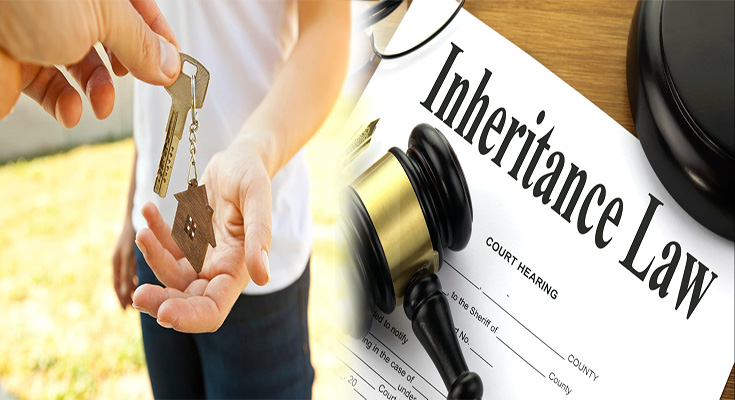
Inheritances of Property Arrangements and the Life Estate
When you create a trust, you’re required to name who will inherit your property after you die. But if you want to leave something aside for someone else, even if they are not in your will, there are several different ways of arranging this. You might also want to consider leaving money or property directly to an heir rather than through the trust. Here’s what happens when someone dies with a life estate:
What is a life estate?
A life estate is a limited interest in property that terminates upon the death of the person who holds the interest. The holder of a life estate is called a tenant for life, and he or she has no right to sell or otherwise dispose of the property during his or her lifetime. Instead, this right passes through inheritance when he/she dies (known as “dying into” an estate).
The property itself is …
Inheritances of Property Arrangements and the Life Estate Read More
